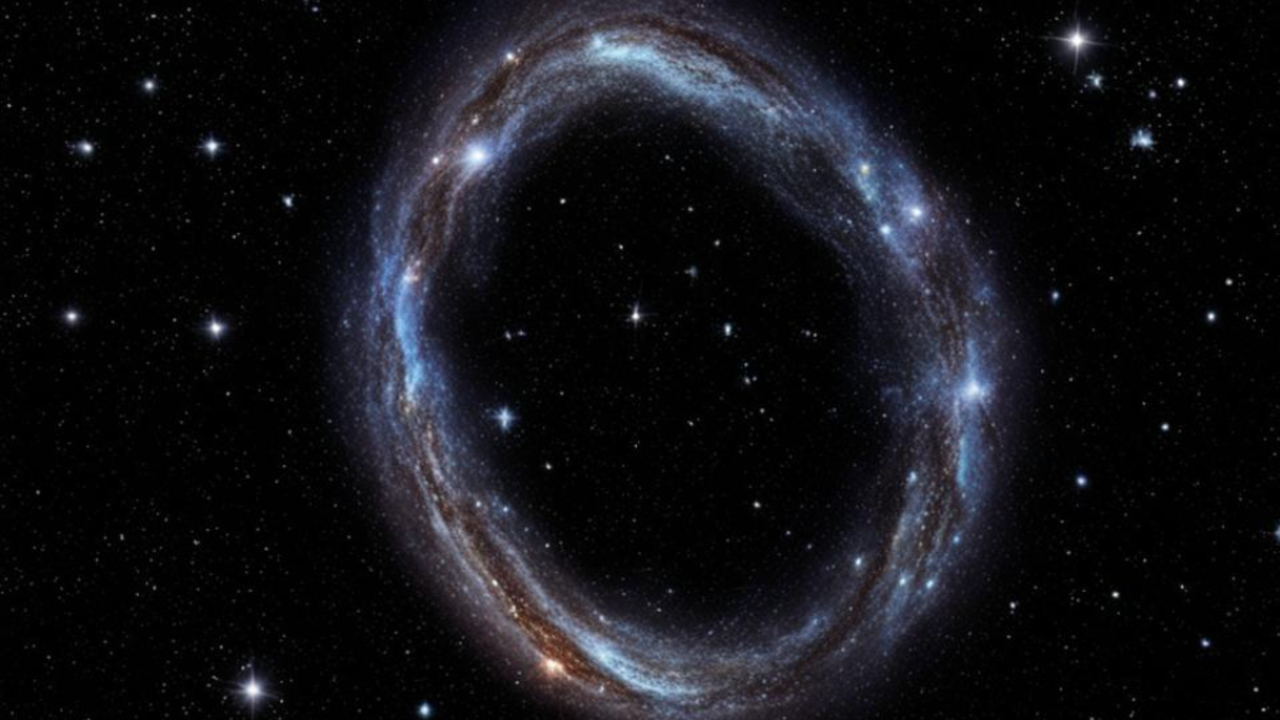Located 9.2 billion light-years from Earth, the ring is 1.3 billion light-years wide and has a circumference of approximately four billion light-years. Discovered by University of Central Lancashire (UCLan) PhD student Alexia Lopes, the massive structure is the second supermassive space object identified by the researcher after the discovery of the 3.3 billion light-year-wide Giant Arc in 2022.
Interestingly, the enormous size and different shapes of these two structures contradict existing cosmological models, indicating that the explanations need to be reconsidered.
Initially, researchers considered the possibility that the Great Ring was formed from baryon acoustic oscillations (BAOs), fluctuations that appeared in the early Universe. However, detailed analysis showed that the ring was inconsistent with the BAO description due to its extreme size and non-spherical shape.
The discovery of these supermassive structures calls into question the Cosmological principle that the Universe appears homogeneous on large scales. The proximity of the Great Ring and the Giant Arc suggests a departure from this principle and points to the existence of larger cosmic structures beyond our current understanding.
Source: Ferra
I am a professional journalist and content creator with extensive experience writing for news websites. I currently work as an author at Gadget Onus, where I specialize in covering hot news topics. My written pieces have been published on some of the biggest media outlets around the world, including The Guardian and BBC News.













